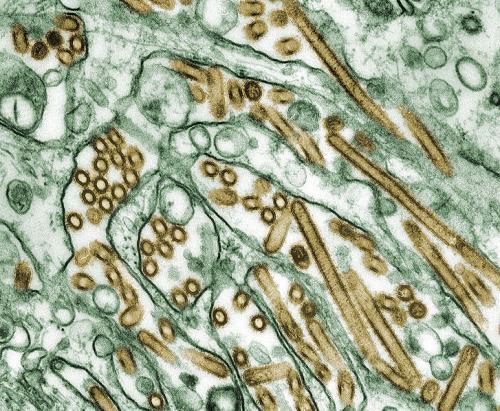(Medical Xpress)?Since its first identification in Asia, highly pathogenic avian influenza ? H5N1 ? has caused significant alarm in the scientific community. While the virus' primary target is birds ? tens of millions have already died from it ? it is capable of infecting mammals, including humans, causing serious illness and a frightening rate of mortality.
In a new study, Matthew Scotch, a researcher at Arizona State University's Biodesign Institute, tracks the spread of an H5N1 variant in Egypt ? a country recently identified as a major epicenter for the virus. In results recently appearing in the journal BMC Genomics, Scotch tracks the spread of H5N1 cases using a technique known as phylogeography.
The authors hope that studies of this kind will significantly enhance efforts by public health officials to identify viral outbreaks, limit their spread, coordinate vaccination efforts, reduce mortality and better inform the public of risks.
"Egypt represents an epicenter for H5N1, and there are new variants that have emerged since it was first discovered there in 2006," Scotch says. "We used phylogeography and influenza genome sequences to model diffusion and evolution of the virus."
..
In a new study, Matthew Scotch, a researcher at Arizona State University's Biodesign Institute, tracks the spread of an H5N1 variant in Egypt ? a country recently identified as a major epicenter for the virus. In results recently appearing in the journal BMC Genomics, Scotch tracks the spread of H5N1 cases using a technique known as phylogeography.
The authors hope that studies of this kind will significantly enhance efforts by public health officials to identify viral outbreaks, limit their spread, coordinate vaccination efforts, reduce mortality and better inform the public of risks.
"Egypt represents an epicenter for H5N1, and there are new variants that have emerged since it was first discovered there in 2006," Scotch says. "We used phylogeography and influenza genome sequences to model diffusion and evolution of the virus."
..


Comment